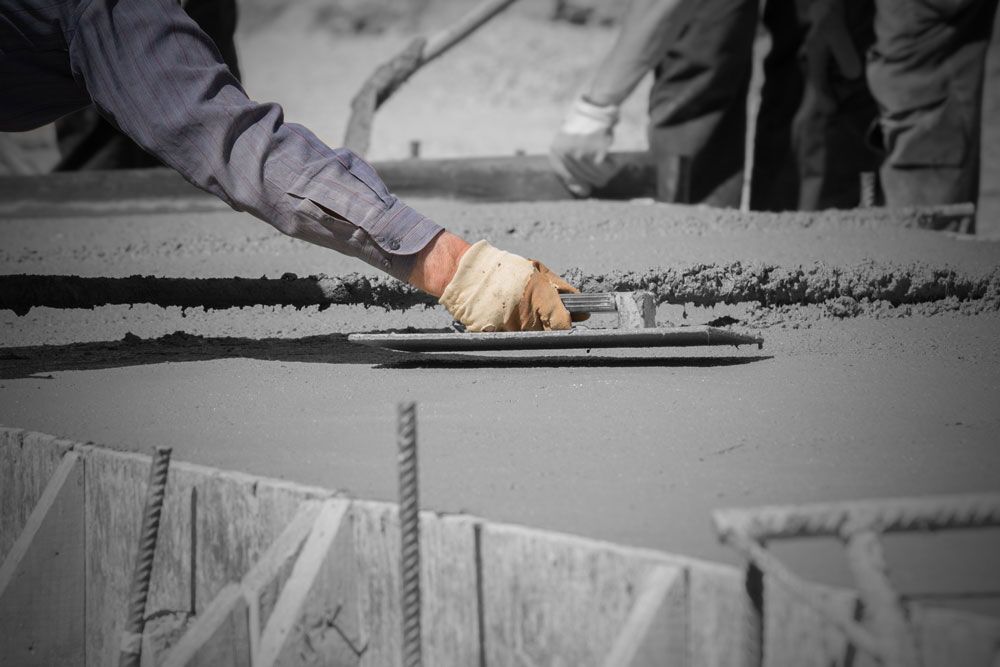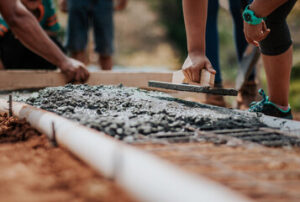
How To Level And Repair Your Home’s Concrete
If your home’s foundation is settling, you may be looking for ways to fix concrete damage. Leveling is a common technique for leveling a concrete surface. This process can involve altering the foundation of a home or building. It is also an effective way to repair a foundation if a slab has cracked and needs to be replaced. Read on for some tips on choosing the best concrete repair method for your home.
 When repairing concrete, you must understand how it works and know what the problem is. Once you have identified the cause, you must remove any damaged, unsound, or contaminated concrete and then install a repair designed to address the problem. You must be careful when repairing, however, to avoid doing something that won’t last. The right method will make your home or building last for years, so don’t skip this step.
When repairing concrete, you must understand how it works and know what the problem is. Once you have identified the cause, you must remove any damaged, unsound, or contaminated concrete and then install a repair designed to address the problem. You must be careful when repairing, however, to avoid doing something that won’t last. The right method will make your home or building last for years, so don’t skip this step.
After cleaning and scrubbing, you can begin the repair. Afterward, mix a vinyl-patching compound with water or a bonding agent. The vinyl-patching compound is generally easier to work with, while the bonding agent may be more difficult. The solution should be freeze-thaw resistant and allow water vapor to pass through. Otherwise, it may fail to bond properly and cause cracks and delamination.
Cracks and unevenness are common signs of damage, so you should consider hiring a concrete repair service to evaluate the extent of the problem. Cracking or uneven concrete can compromise the structural integrity of a home. Cracks in the concrete can grow in size and become more visible, causing issues with the foundation. Fortunately, leveling concrete is a much more affordable option than replacement. A concrete repair service can assess the extent of the problem and provide you with a solution.
Choosing the right material for your home’s concrete repair can make a huge difference in the outcome. You need to know that concrete repair materials are compatible with the original concrete. For large repair projects, it’s best to hire a professional engineer. A professional engineer can help you choose the right material for the job. There are many types of concrete repair material. When choosing a concrete repair material, it’s important to consider the size and type of the patch to prevent damage.
A concrete contractor should know how to identify and fix a variety of common surface defects, including cracks. Small cracks that don’t penetrate through the concrete to the steel reinforcement are cosmetic. Dry cement can be used to repair a small crack. Remember to use dry cement, as this cement will hydrate with moisture in the concrete. But before doing so, you need to know what the crack is and how much concrete you should use to repair it.
Concrete repair is easy to do if you’re prepared properly. To repair concrete, first, remove crumbling areas. Small areas can be removed with a heavy-duty trowel, while larger areas require a sled and a cold chisel. After that, make sure to sweep or vacuum the area and hose it down to a solid base. You don’t want the work to get worse before it even begins.
Another important factor is the location of the repair. Some locations restrict equipment and materials that can cause a safety hazard. In some instances, the location is highly toxic, odorous, or combustible. In such cases, you’ll need to use materials that set quickly, minimizing downtime. Similarly, materials that are used in heavy vehicular traffic must be able to withstand the wear and tear caused by heavy vehicles.
If your building suffers from cracks, the most common method of repair is structural bonding, which uses epoxy injection. This process can be performed without adding additional reinforcement. However, this type of concrete repair will only work if your building’s structural integrity is still intact. It’s not suitable for active cracks, large cracks, or leaks of water. This method also seals exposed concrete surfaces. It may not be the best solution for your situation, as it won’t seal water.
Physical factors like heat, changes in temperature, moisture, and wind can also damage concrete. Physical damage to concrete can occur from two main types of conditions: cracking and surface wear. Cracks and surface wear are caused by normal temperature and humidity gradients, while cracks can occur from structural loading. In these cases, it’s best to hire an expert in concrete repair to prevent further damage to your structure. A properly repaired concrete structure meets aesthetic expectations and structural quality.

